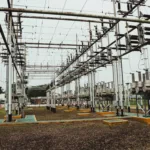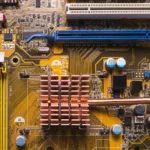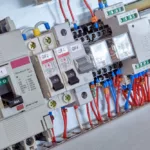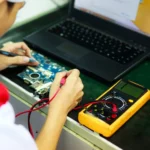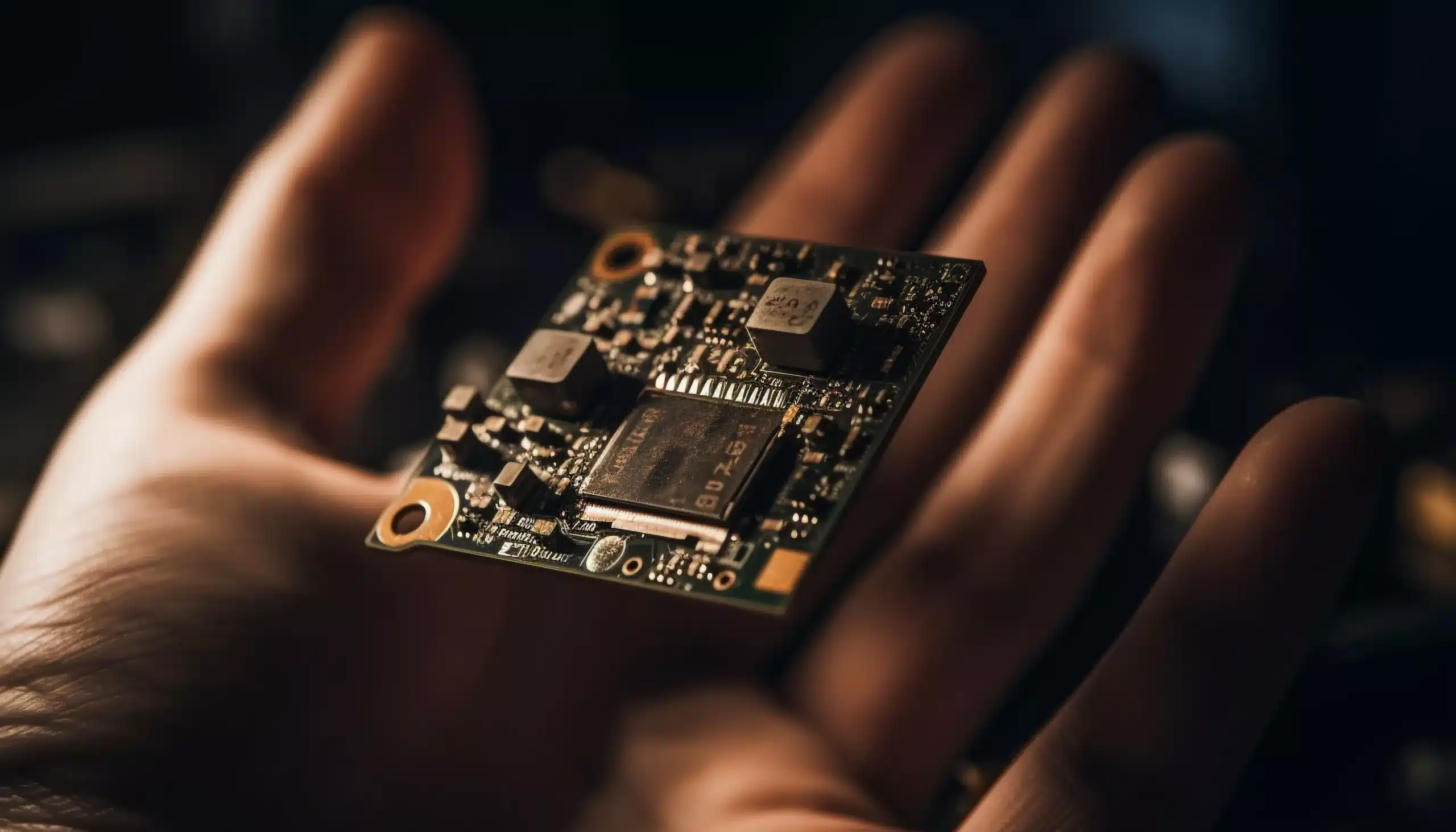
Introduction
Electronic components and circuits are significant in today’s modern world–powering everything from smartphones to spacecraft. Understanding the behaviour of these components is essential for engineers and hobbyists. One phenomenon that influences the behaviour and performance of electronic components is hysteresis–a phenomenon necessary for designing reliable and efficient electronic systems. This article dives into the basic concepts of hysteresis, its causes, applications, and how it can be managed in electronic components and circuits.
What is Hysteresis? Exploring Its Significance
Hysteresis is a characteristic exhibited by certain electronic components and systems, where the output relies not only on the current input but also on the history of inputs. In simpler terms, it implies that the response of a system depends on its past states or inputs. This can be visualised as a loop in the input-output curve, where the output does not follow a unique path and varies depending on whether the input is increasing or decreasing.
Hysteresis in electronic components and circuits serves various purposes, including stability, noise filtering, memory retention, and control. It is a significant phenomenon with wide-ranging implications across various scientific and engineering disciplines. Designers, engineers, and semiconductors or a hysteresis manufacturer leverages it to improve the performance, reliability, and functionality of electronic systems across numerous applications.
Mechanisms Behind Hysteresis: Probing Its Fundamental Causes
The internal properties and characteristics of electronic components is the primarily cause of it. Some common causes of it includes:
- Magnetic Materials – In magnetic materials, hysteresis is particularly prominent. Ferromagnetic materials like iron and nickel exhibit hysteresis due to the way their magnetic domains align in response to an external magnetic field. As the field strength increases, domains align, and magnetisation increases. When the field strength decreases, domains do not revert entirely to their initial state, causing a lag in demagnetisation.
- Ferroelectric Materials – In certain capacitors and sensors, hysteresis arises from the polarisation of ferroelectric materials. These materials exhibit a non-linear response to an applied electric field, leading to hysteresis in their capacitance or other electrical properties.
- Mechanical Components – Mechanical components like switches and relays can also exhibit hysteresis due to the change in contact resistance as the switch is actuated. This resistance change may not be symmetrical during both the make (closing) and break (opening) events.
- Electronic Devices – Certain electronic devices, such as operational amplifiers (op-amps), may exhibit hysteresis in their input-output relationships. This is often due to the characteristics of the internal transistors and feedback networks within the op-amp circuit.
- Temperature Effects – Temperature changes can cause hysteresis in electronic components, especially in temperature-sensitive devices like thermistors. The resistance or capacitance of these components may vary differently during heating and cooling cycles, leading to hysteresis.
Magnetic Hysteresis in Magnetic Components
Understanding and managing magnetic hysteresis is crucial in designing efficient power conversion systems, as it can result in energy losses and affect the overall system efficiency. Magnetic components like inductors and transformers experience it due to the non-linear behaviour of ferromagnetic materials–affecting the performance of power supplies, transformers, and other magnetic devices.
Unleashing Hysteresis in Electronic Circuits
It is commonly observed in various electronic components and circuits and can be intentionally designed or minimised depending on the application. Some common examples include:
- Schmitt Triggers – Schmitt triggers are widely used in electronics to convert noisy input signals into clean, digital outputs. They utilise hysteresis to provide noise immunity. When the input voltage crosses a specific threshold, the output changes state–still it doesn’t switch back until the input voltage crosses a different threshold in the opposite direction, creating a dead zone.
- Op-Amps – Operational amplifiers can also exhibit hysteresis, especially when configured as comparators. This behaviour helps prevent rapid switching when the input signal is near the threshold, reducing noise and stabilising the output.
The Power of Hysteresis: Unveiling Its Broad Range Applications
Understanding hysteresis in electronic components and circuits is crucial because it can have significant practical implications. The following are the key areas where it matters:
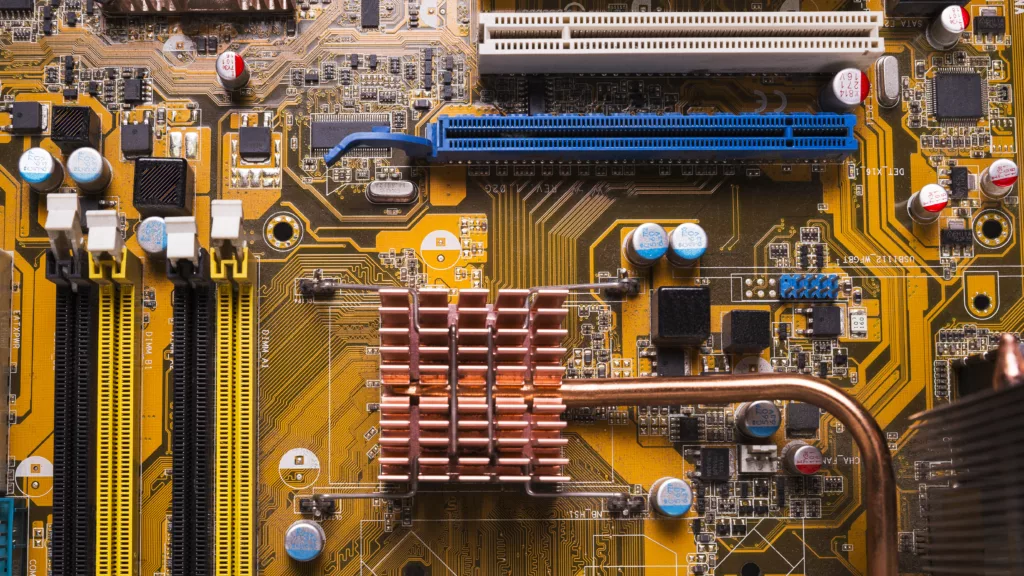
Magnetic Memory Devices
Hysteresis in magnetic materials is exploited in devices like hard disk drives (HDDs) and magnetic tape storage. The loop in the magnetic domains allows data to be stored as magnetic orientations, retaining information even when the power is turned off.
Signal Processing
In analog circuits, It can deliberately create hysteresis-based comparators and oscillators, making them essential in applications like signal conditioning, where noise rejection and stable switching are required.
Sensors
Sensors that rely on hysteresis, such as Hall effect sensors or magnetic field sensors, are used in multiple applications, including automotive and industrial systems. In these sensors it can affect their accuracy and response time.
Thermostats
Thermostats in heating or cooling systems often incorporate hysteresis to prevent rapid cycling. This ensures the heating or cooling system doesn’t turn on and off too frequently, reducing wear and tear on the equipment.
Schmitt Triggers
Schmitt triggers are electronic circuits using hysteresis to produce a binary (digital) output from an analog input. They are commonly used for signal conditioning and noise rejection in electronic systems.
Oscillators
In electronic oscillators, it can create relaxation oscillators, where the output switches between high and low states based on the hysteresis loop of an internal component, such as a comparator.
Managing and Minimising Hysteresis: A Path to Enhanced Performance
While it is beneficial in certain applications, it can be problematic in others. To manage and minimise it in electronic components and circuits, several techniques can be employed, including:
Calibration
In some cases, calibration can compensate for hysteresis effects. This involves characterising the component’s behaviour and applying correction algorithms to the measured data.
Feedback Networks
In op-amp circuits, feedback networks can minimise it. For example, using negative feedback with carefully chosen resistor values can reduce it in op-amp applications.
Materials Selection
In magnetic circuits, selecting materials with lower hysteresis loops can help reduce energy losses and improve the efficiency of transformers and inductors.
Compensation
Compensation techniques can be applied to offset the effects of hysteresis. For instance, in precision measurement systems, calibration can be used to correct it’s induced errors.
Design Optimisation
Engineers can optimise circuit design to minimise it’s effects. This may involve using specific component configurations or adding additional circuitry to compensate for it.
Digital Signal Processing
In digital systems, it can be mitigated through digital signal processing techniques. Algorithms can be employed to filter and correct signals affected by it, ensuring accurate data processing.
Final Thoughts
Hysteresis is a fascinating phenomenon in electronic components and circuits with both positive and negative effects on system performance. Understanding its causes, applications, and management techniques is crucial for engineers and designers working on electronic systems. Whether it’s harnessing it for data storage in magnetic devices or mitigating its impact in precision measurement equipment, a deep understanding of this phenomenon is essential for creating reliable and efficient electronic systems in several applications.









